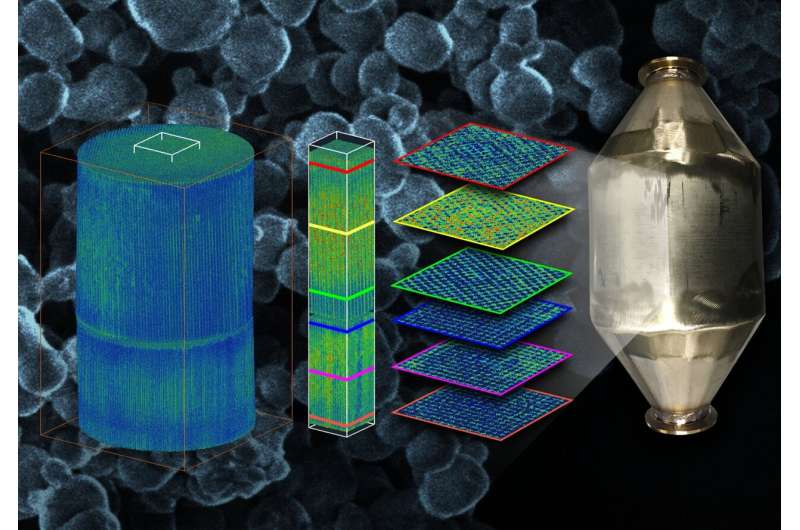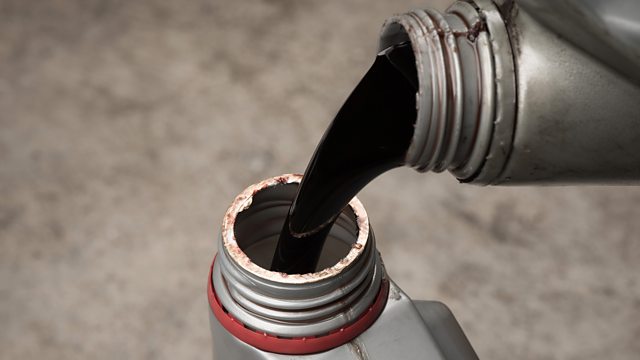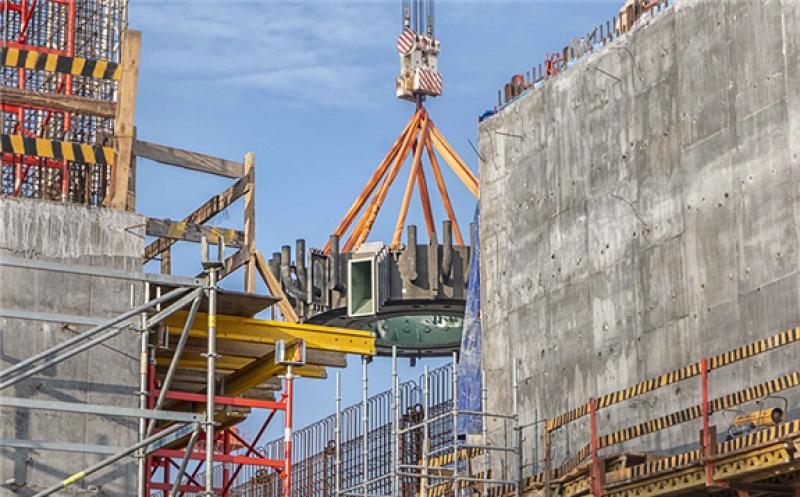
Natural gas furnaces not only heat your home, they also produce a lot of pollution.
Even modern high-efficiency condensing furnaces produce significant amounts of corrosive acidic condensation and unhealthy levels of nitrogen oxides, carbon monoxide, hydrocarbons and methane. These emissions are typically vented into the atmosphere and end up polluting our soil, water and air.
Now, scientists at the Department of Energy's Oak Ridge National Laboratory have developed an affordable add-on technology that removes more than 99.9% of acidic gases and other emissions to produce an ultraclean natural gas furnace. This acidic gas reduction, or AGR, technology can also be added to other natural gas-driven equipment such as water heaters, commercial boilers and industrial furnaces.
The findings are published in the Chemical Engineering Journal.
"Just as catalytic converters help reduce emissions from billions of vehicles worldwide, the new AGR technology can virtually eliminate problematic greenhouse gases and acidic condensation produced by today's new and existing residential gas furnaces," said Zhiming Gao, staff researcher with ORNL's Energy Science and Technology Directorate. "An eco-friendly condensate eliminates the need to use corrosion-resistant stainless steel materials for furnace heat exchangers, which reduces manufacturing costs."
To demonstrate the effectiveness of acidic gas reduction in a furnace, the researchers fabricated an AGR catalyst, enclosed it in a metal housing and installed the device on a standard commercially available high-efficiency condensing furnace. Results after a 400-hour reliability and durability test showed the AGR almost completely removed harmful emissions from the flue gas and produced a non-acidic condensate with a neutral pH level.
To examine the internal condition and soot distribution of the post-test AGR without damaging the device's gas flow-through channels, the scientists used neutron computed tomography at ORNL's High Flux Isotope Reactor, or HFIR. Unlike X-rays, neutrons can penetrate the metal housing to record images that are then used to produce 2D and 3D representations of the used device.
"Such insights will enable improved AGR device designs for a more uniform and self-cleaning gas flow pattern," said Gao. "This will also help alleviate excessive soot accumulation to enhance AGR-enabled furnace performance."
"Neutron imaging and mapping after the AGR test provided details about how the flue gas flowed through the AGR, which revealed the heavy accumulation of soot particles in the middle of the catalyst," said ORNL's Yuxuan Zhang, a neutron instrument scientist at HFIR.
AGR technology would allow furnace manufacturers to use materials that are more affordable than the stainless steels used in most heat exchangers. This increased affordability could allow furnace manufacturers to sell more high-efficiency furnaces that meet California's proposed new standards for residential and commercial furnace emissions.
"Currently, AGR-enabled furnaces would require offline regeneration of the device about once every three years under normal use conditions," Gao said. "The AGR unit could be removed by a homeowner or technician and carried to a regeneration and recycling location. This would be similar to how consumers bring their empty natural gas tanks for their outdoor grills to a dealer to exchange them for full tanks."



